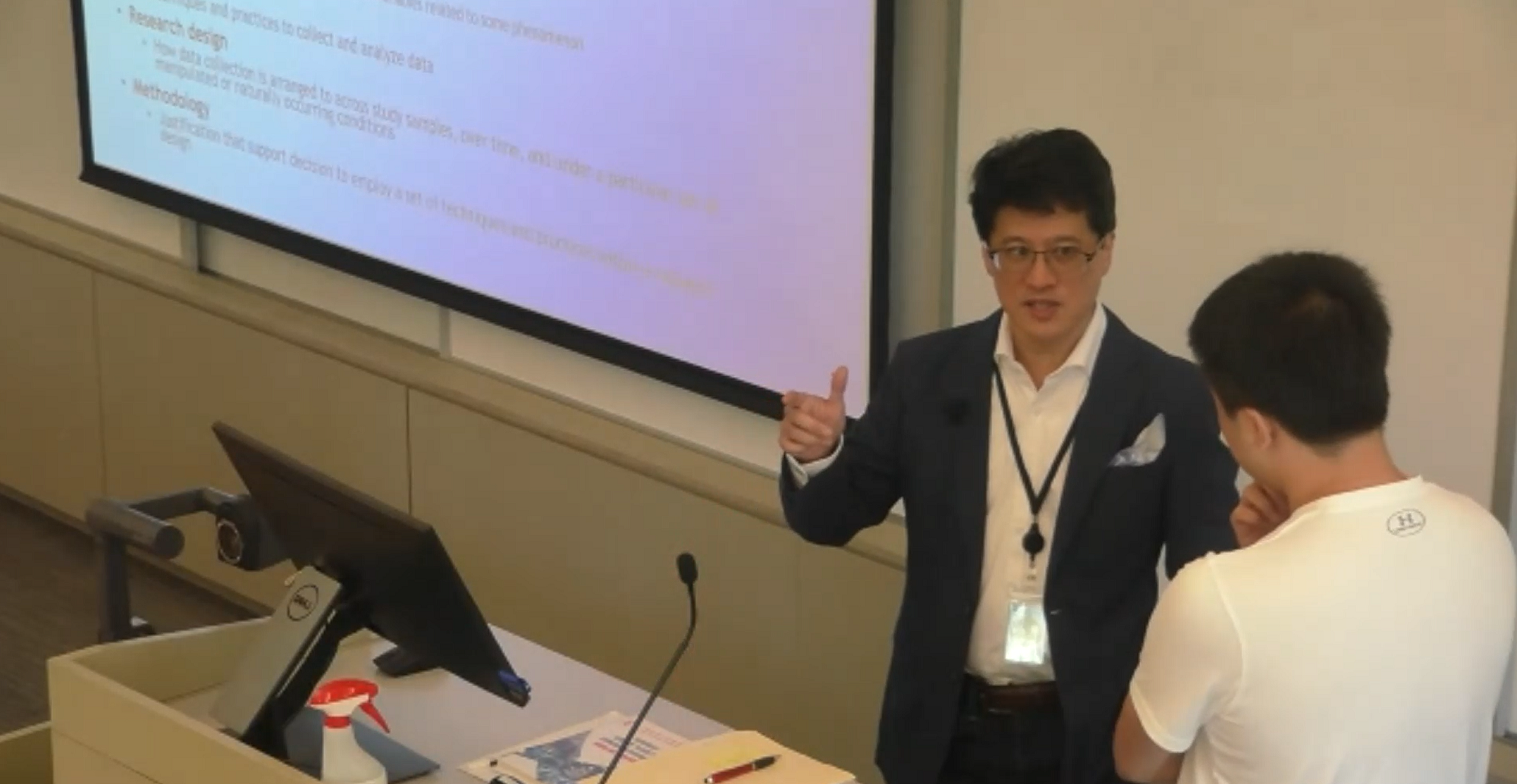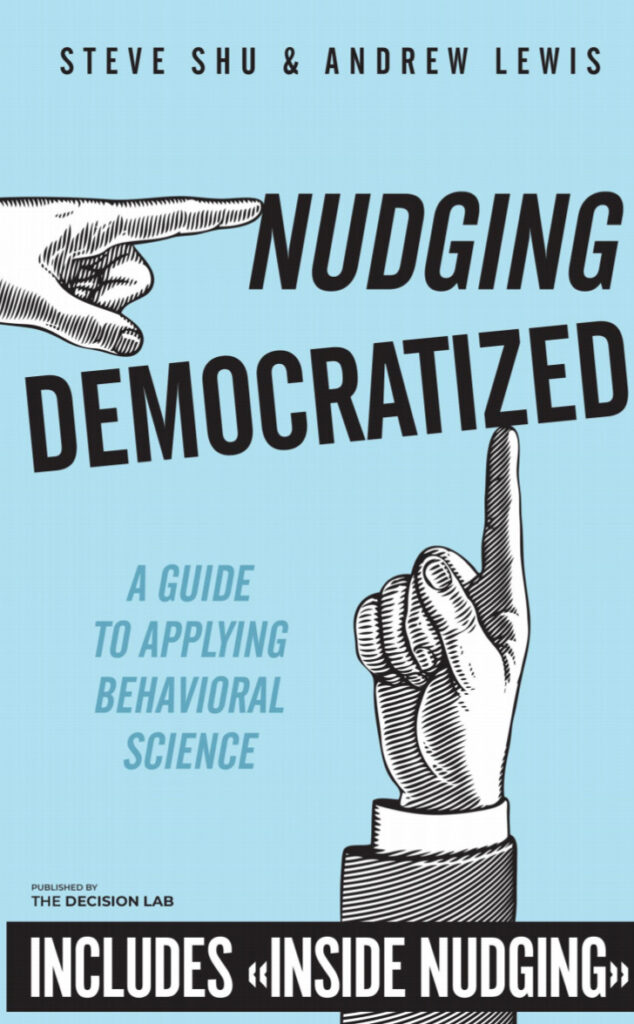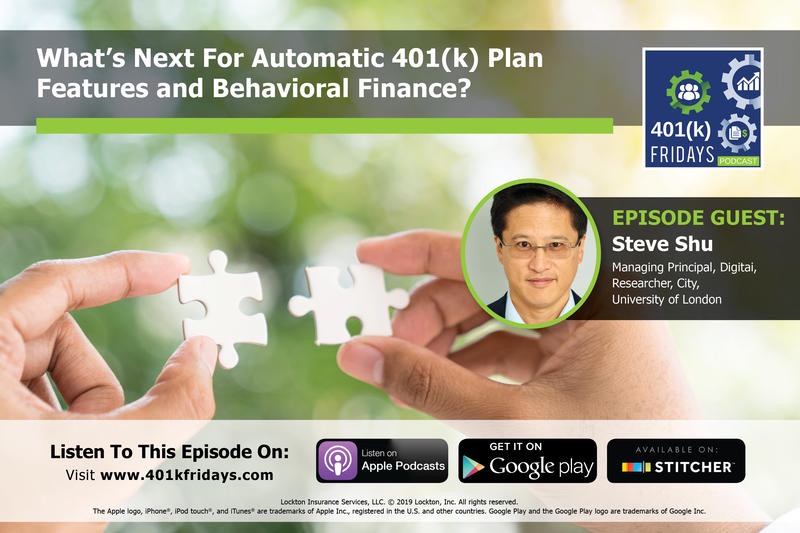In recent study I having been working with Hal Hershfield and Shlomo Benartzi at UCLA, we worked with a FinTech company that had its roots in providing a mobile app to Millennials to get them to save incremental money through rounding up purchases. For example, if you bought a cup of coffee for $4.55, you could round things up to $5.00 and save the incremental $0.45.
We wanted to introduce the concept of a recurring savings feature, where people could save a specified amount of money at regular intervals. As part of that effort, we constructed an experimental design and A/B/C test where during the sign-up process, users were randomly assigned to one of three treatments where they were given an opportunity to save: A) $150 per month, B) $35 per week, or C) $5 per day. At the heart of the design is the notion of presenting essentially equivalent information but using temporal reframing to present the choice option differently. Our hypothesis is that the $5 per day treatment would yield the most success in terms of sign-ups for recurring savings. So we use traditional statistics to show that the difference in sign-ups between these treatment conditions is statistically significant. In this case, we provided evidence that sign-ups were 4x higher using the daily frame and that we could close an income discrimination gap of 3x between the highest and lowest income users in terms of percentage of people saving comparatively between the monthly and daily temporal framing. More details on the study can be found here: Temporal Reframing and Savings: A Field Experiment
In other studies I am involved with related to the different framing of information and savings, I measure not only outcomes like savings rates (i.e., what people do and choose) but also people’s thoughts, perceptions, and mental associations regarding the financial decisions (i.e., the psychology and process). Using statistics to better understand the underlying psychology behind people’s decisions can help inform one in providing better user experiences (e.g., to improve outcomes, reduce confusion, increase confidence).
Statistics can be a very powerful tool to have when trying to analyze messy things like social science processes and human decisions. Companies are starting to ramp-up their data science capabilities a lot more, and while I think much more can be done in terms of incubating behavioral science initiatives, I think the shift to data science will be here to stay for quite awhile.


